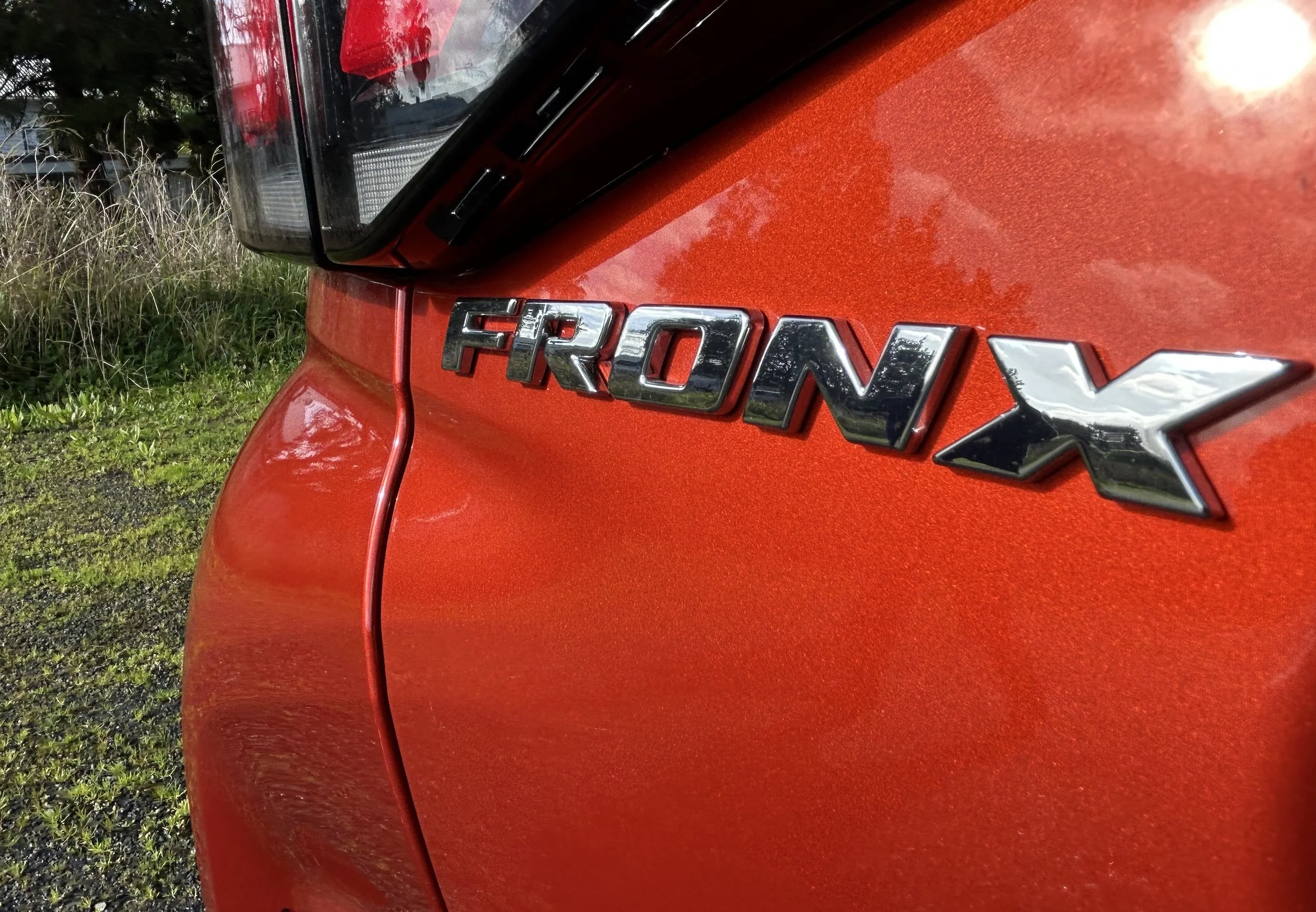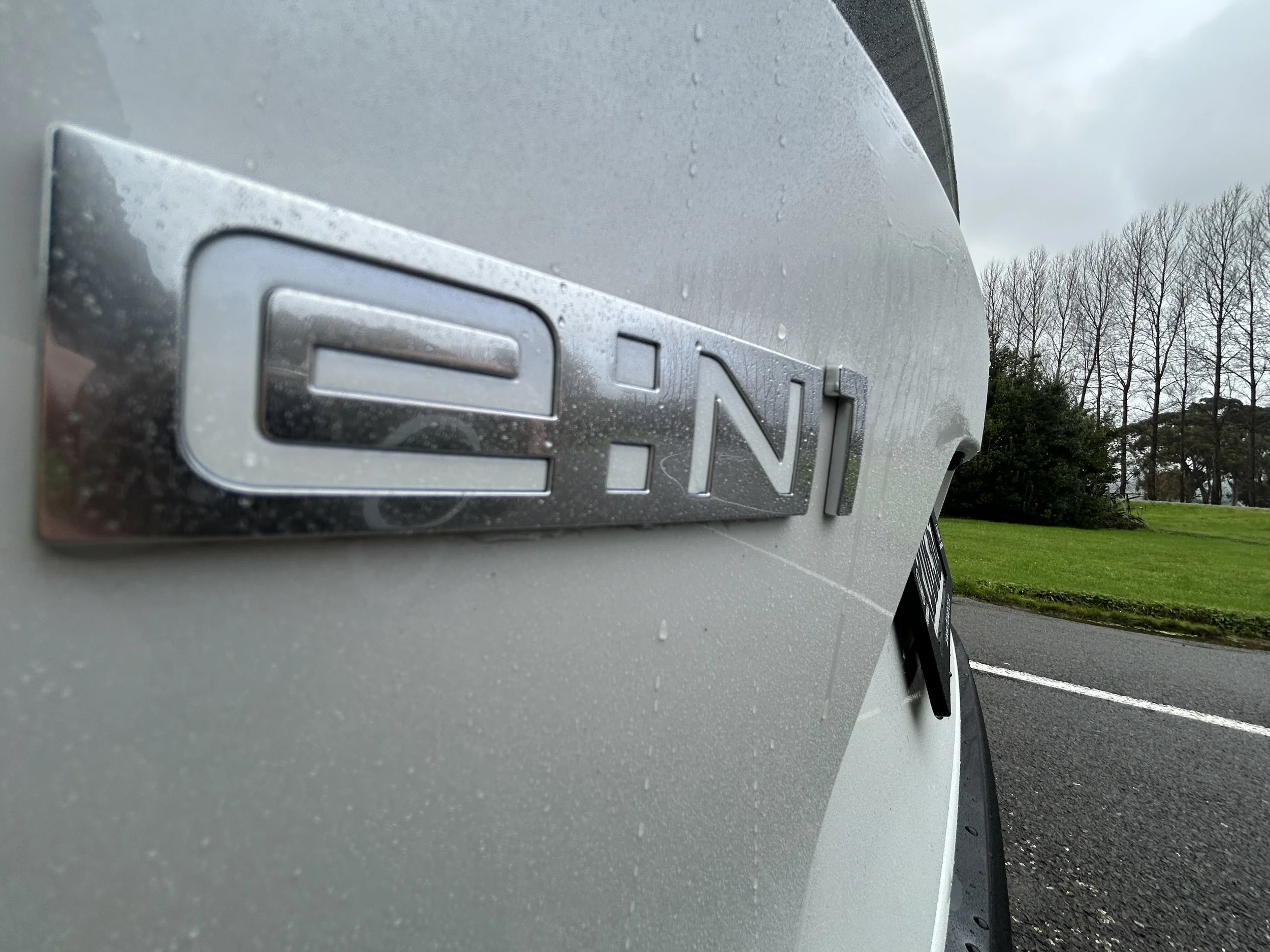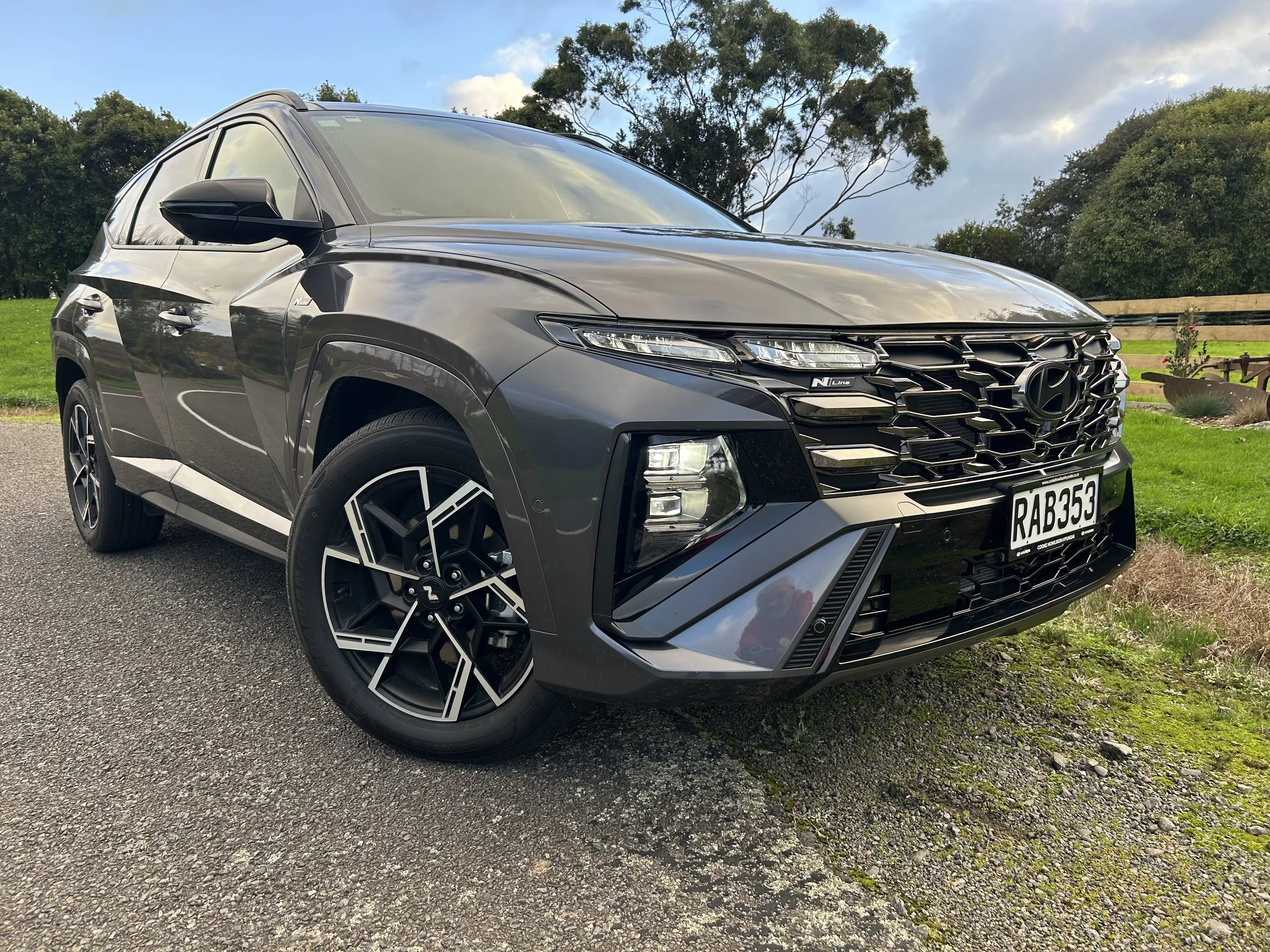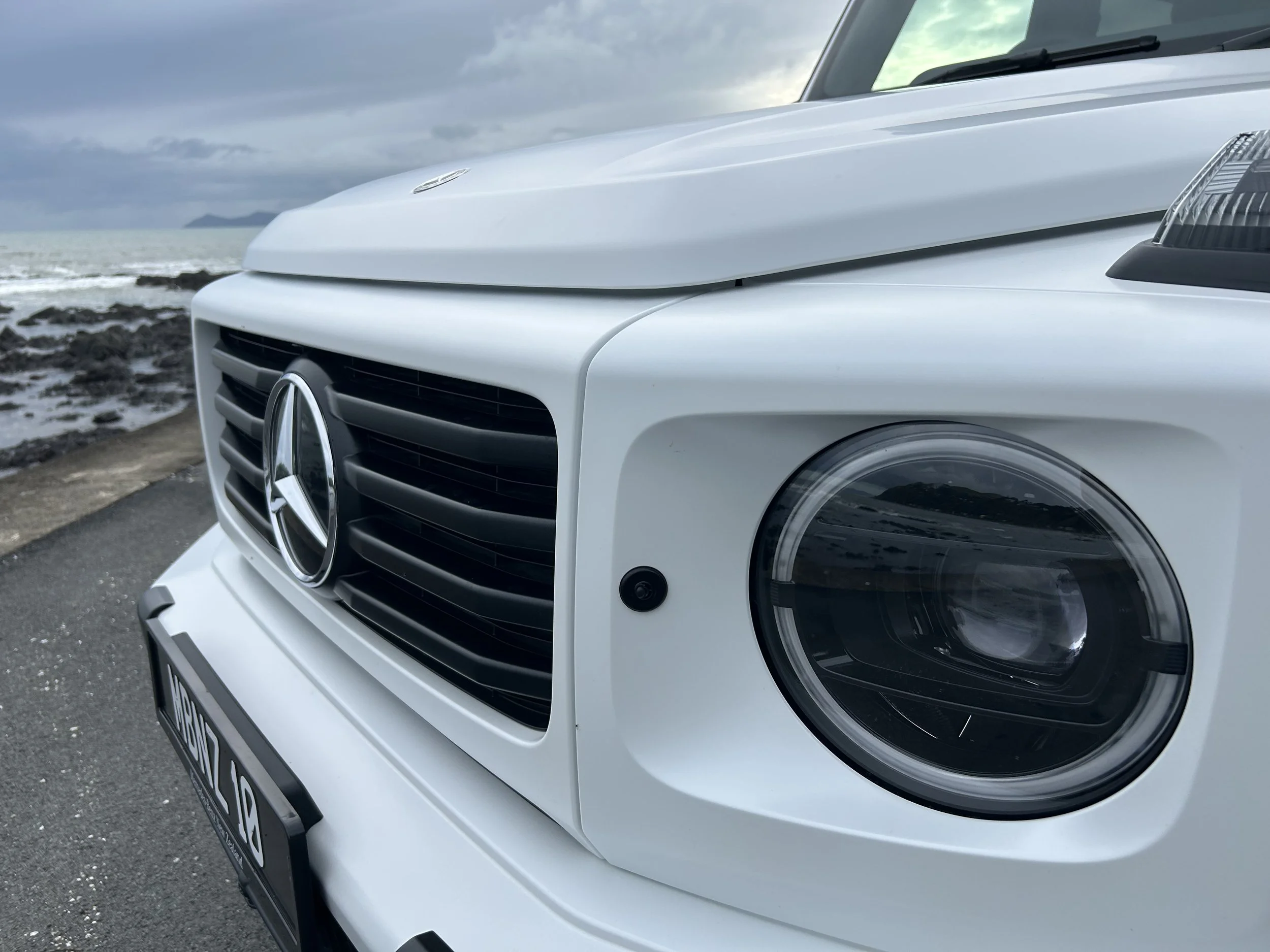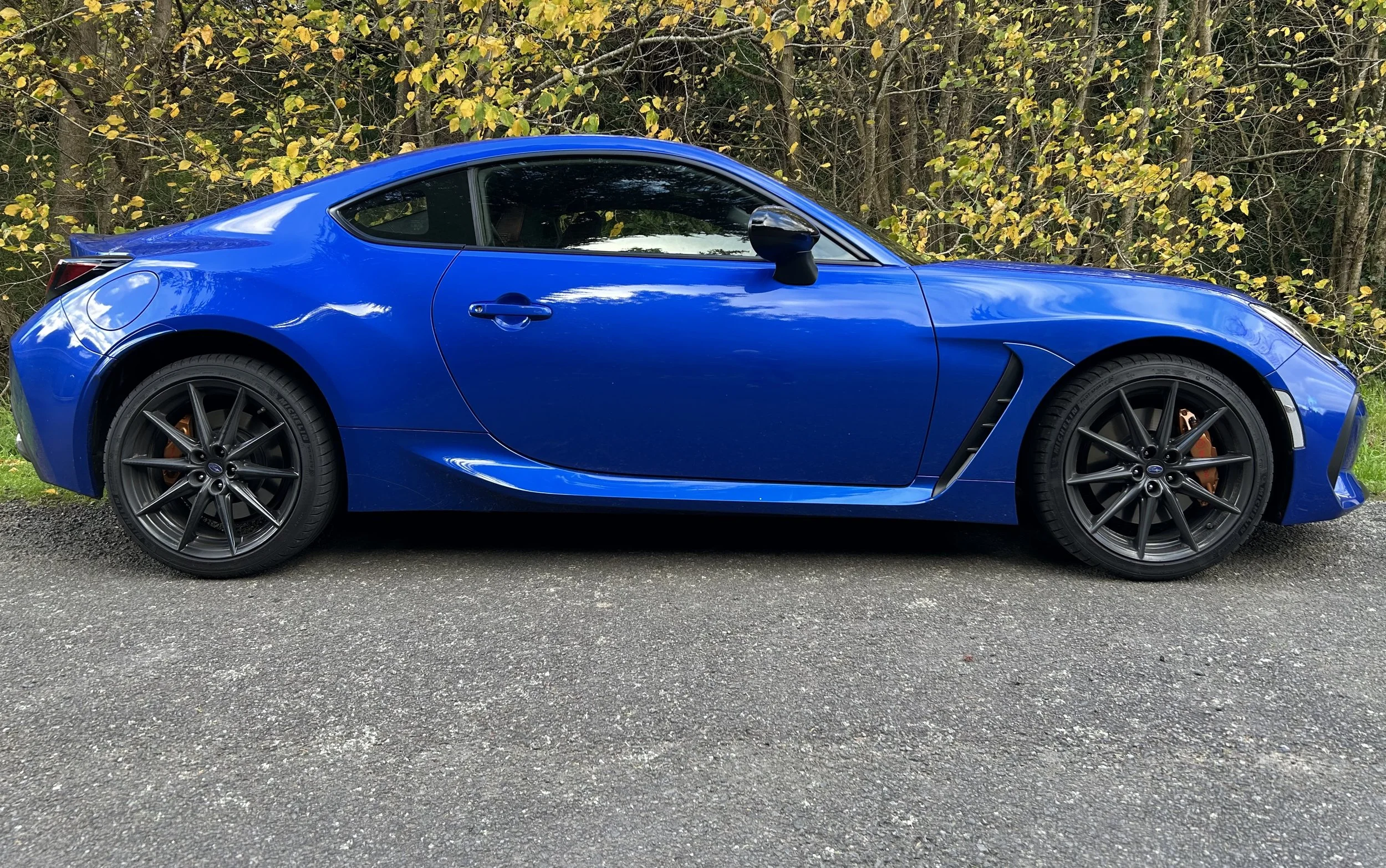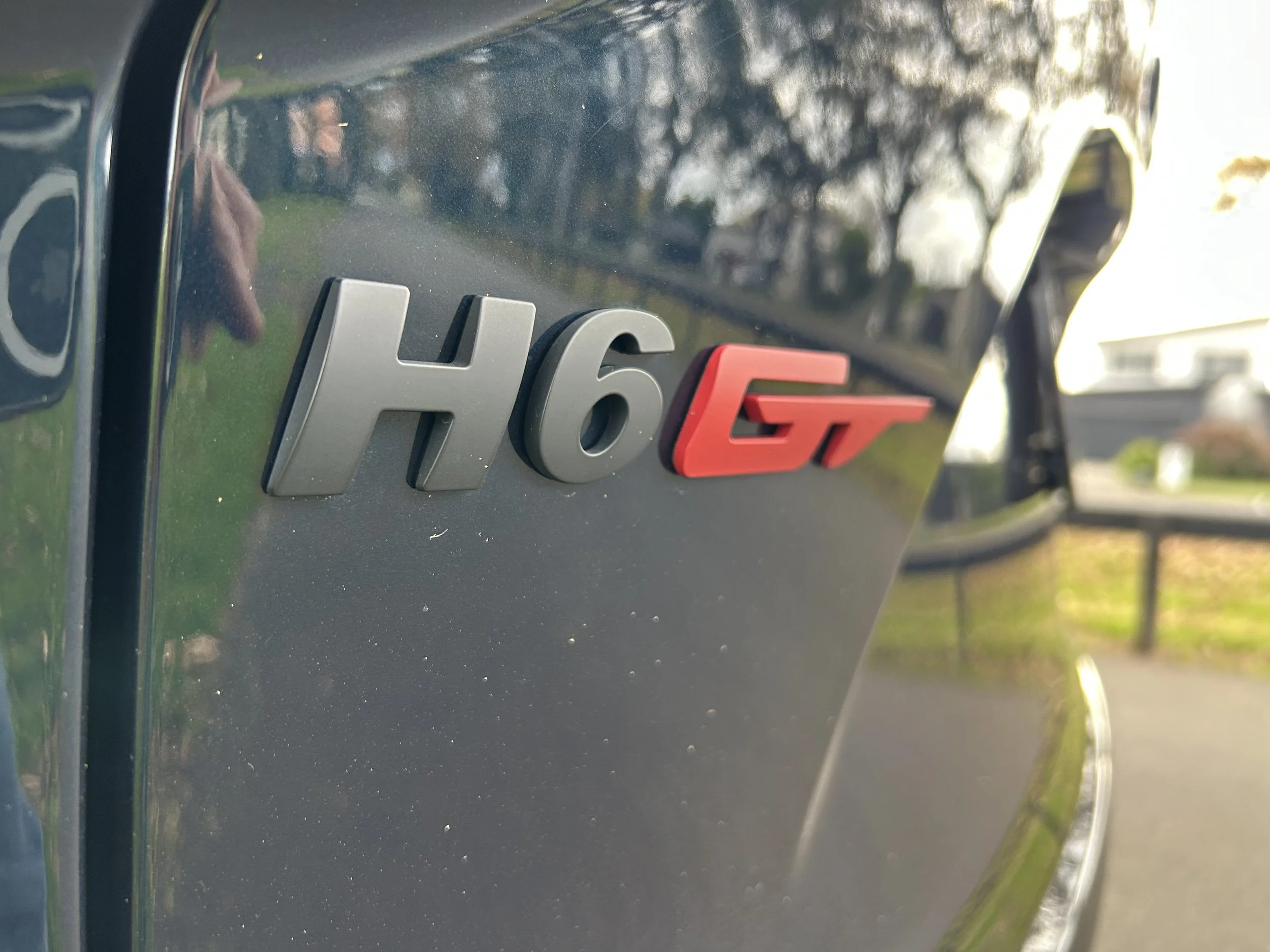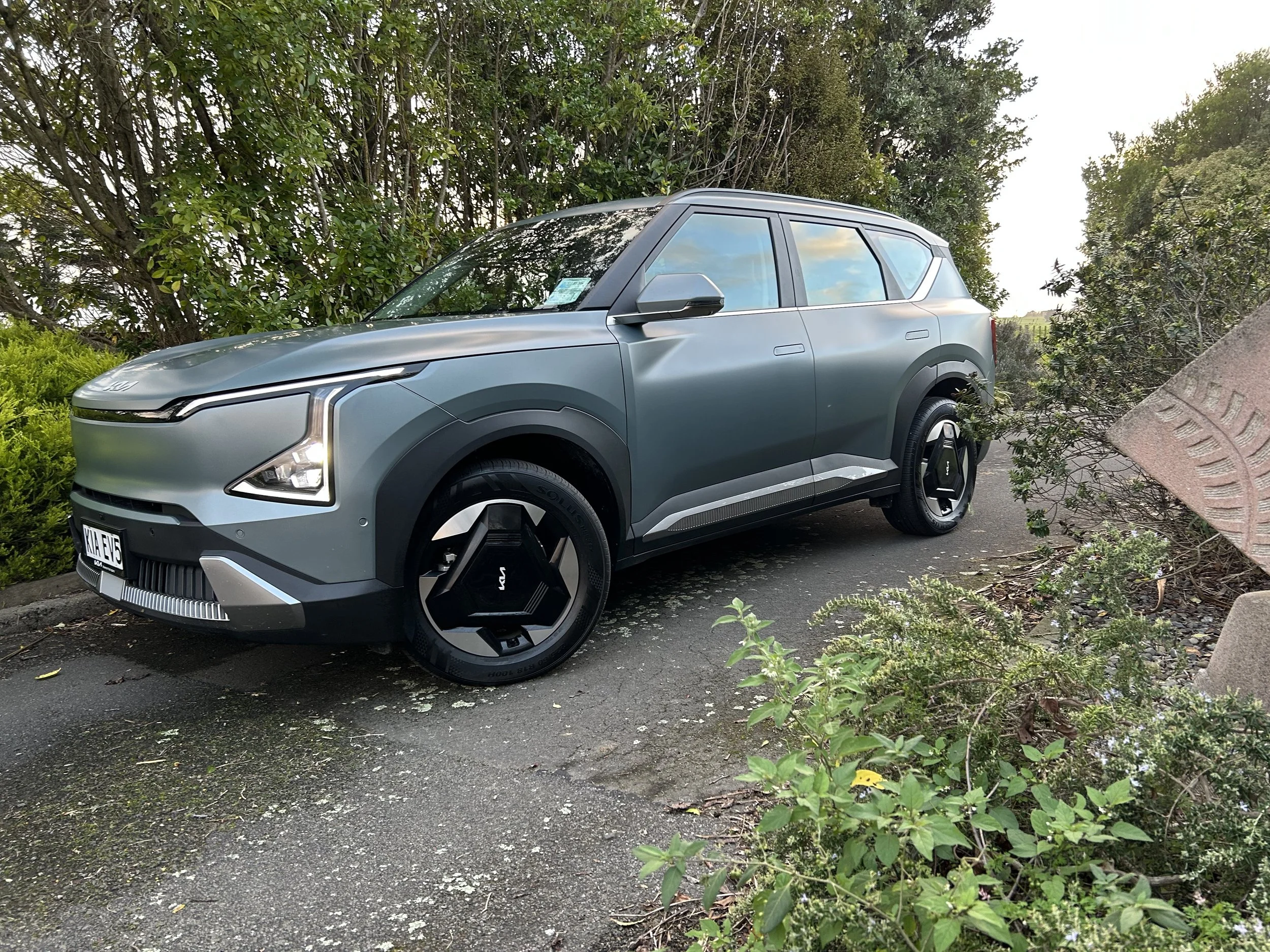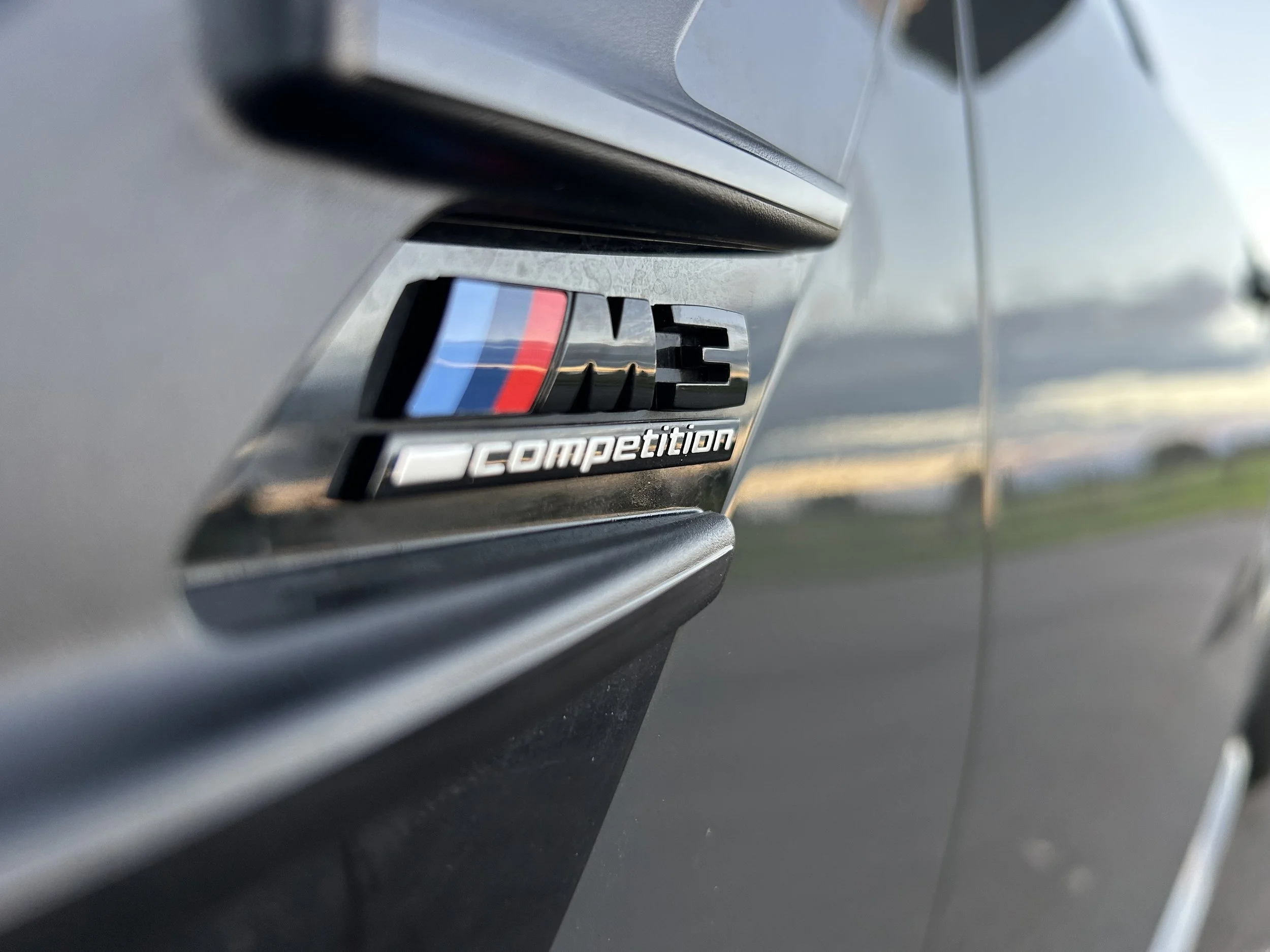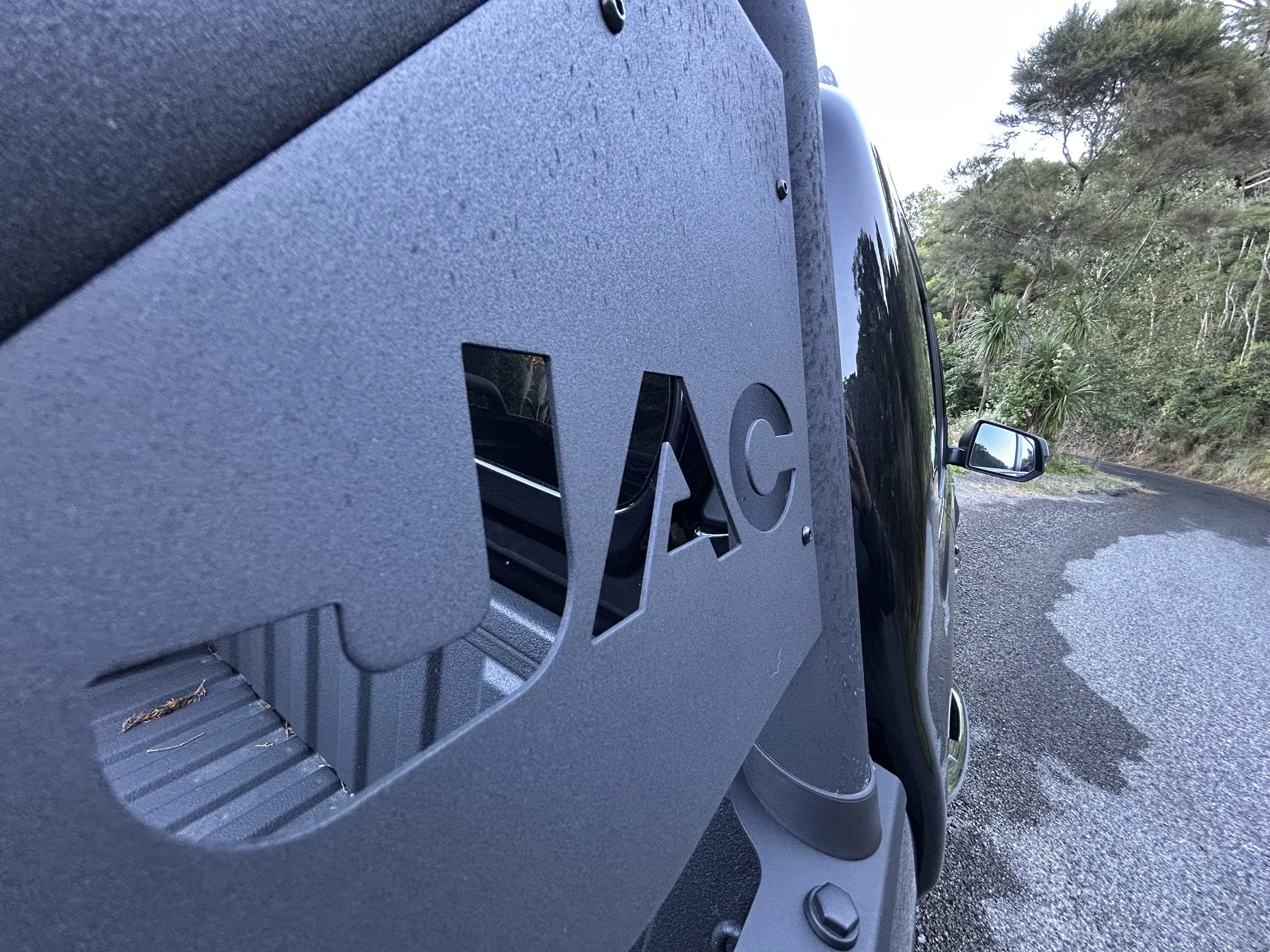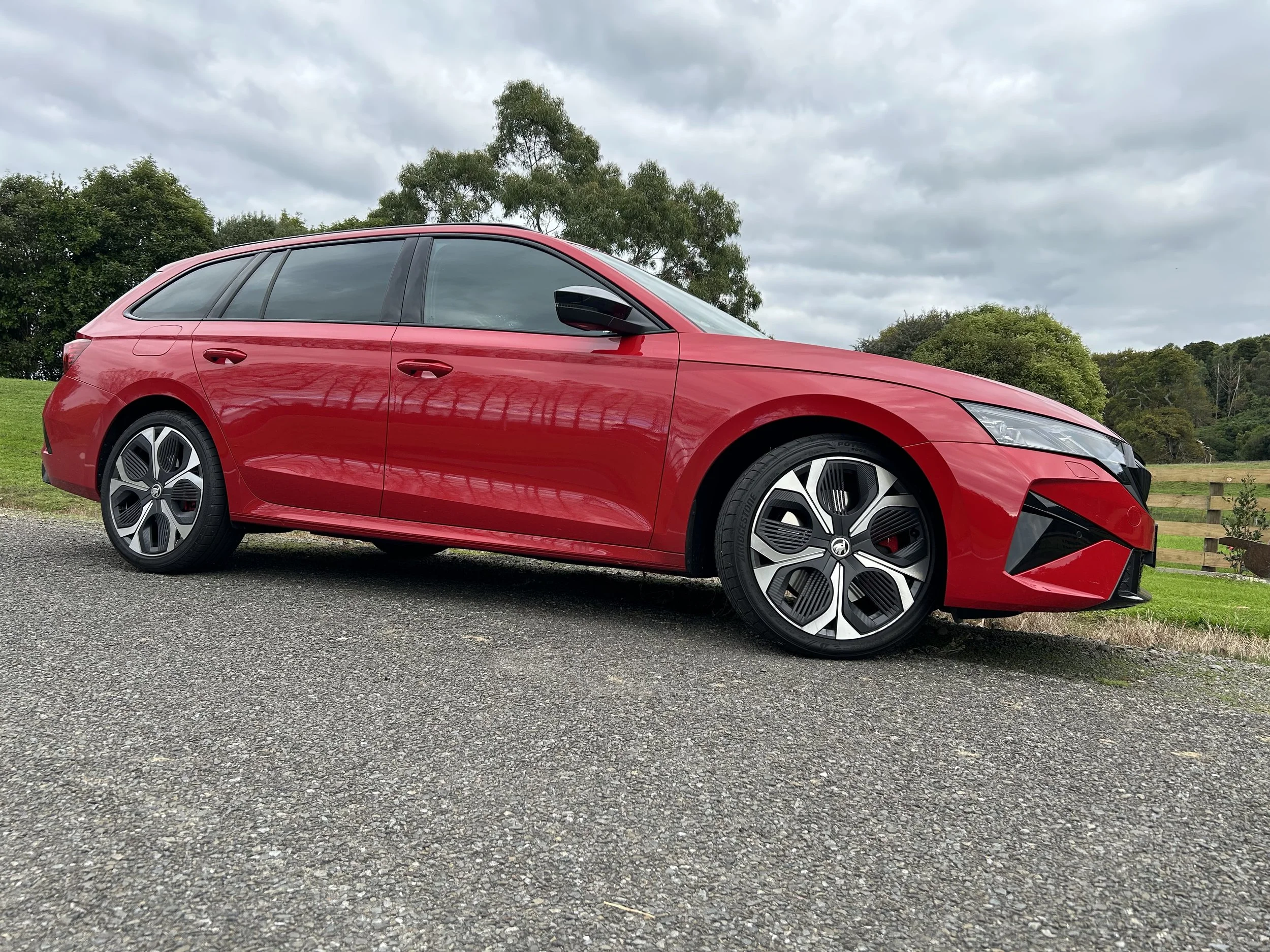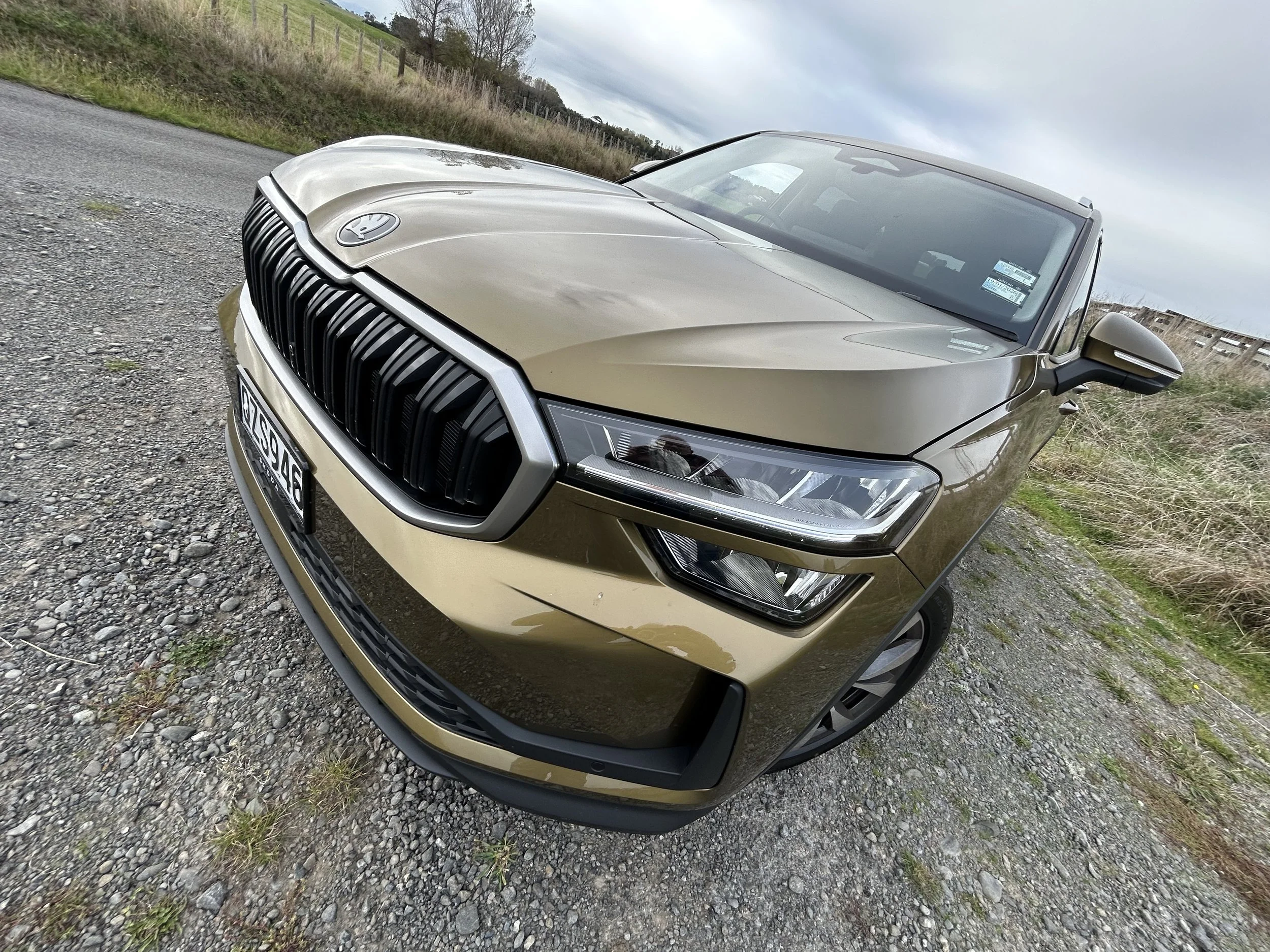The claimed 0-100kmh time of 5.1 seconds is utterly believable and impressive, given that is only two-tenths off the Mercedes-AMG GLC43 performance SUV's claim.
Despite what Teslarati believe, the dash from a standstill to the legal limit isn’t what it’s all about, of course. What it does even better is drive really nicely. It holds the open road pace very easily and with everything feeding asynchronous electric motor/generators on each axle to enable four-wheel drive, but actively varying the amount of torque to manage traction, nothing wastes.
Yet it’s not bombastic. Though AMG accessories avail and, as in other Benz SUVs, it can be finessed to suit driving styles, through personalising or choosing from three pre-sets, it’s a car tuned for refinement, civility and comfort.
So despite firmish damping, and well-controlled body roll that clearly benefits from having so much battery weight positioned low down, it
doesn’t like being pushed too far. It’s best as a cruiser in which you can enjoy the serenity of a cabin is impressively isolated from the outside world.
Efficiency encouragement is naturally to the fore. The Eco mode familiar in fossil-fuelled models has more bearing here. Beyond that comes Max Range, which actively encourages e-driving, including the use of a haptic accelerator pedal that 'taps' the driver's sole to suggest easing off. Altering the level of energy recuperation harvested on deceleration, enabling one-pedal driving further enhances Green-ness.
Still, when it comes to range, it’s in the same boat as most others. Mercedes claims consumption against Australian Design Rules’ testing of 21.4kWh per 100km, which equates to an ADR driving range of 434km between charges. However, the more accurate WLTP test claims a range of 353km, which is more in line with what – from my experience – you should expect to see. Likewise, in terms of energy use, the car was mainly between 26kWh and 28kWh per 100km. Using WLTP for reference, Jaguar claims 470km, Audi 436km, and Tesla between 375km and 505km depending on which version of the Model X you purchase. That doesn’t mean those cars will be guaranteed to give you those ranges in real-world use, but does suggest that they will go further between charging requirement. But that’s hardly a crippling blow, in that you can accept that all those cars will entertain big drives at open road pace over perhaps half a days’ duration at least before you need to think about recharging.











